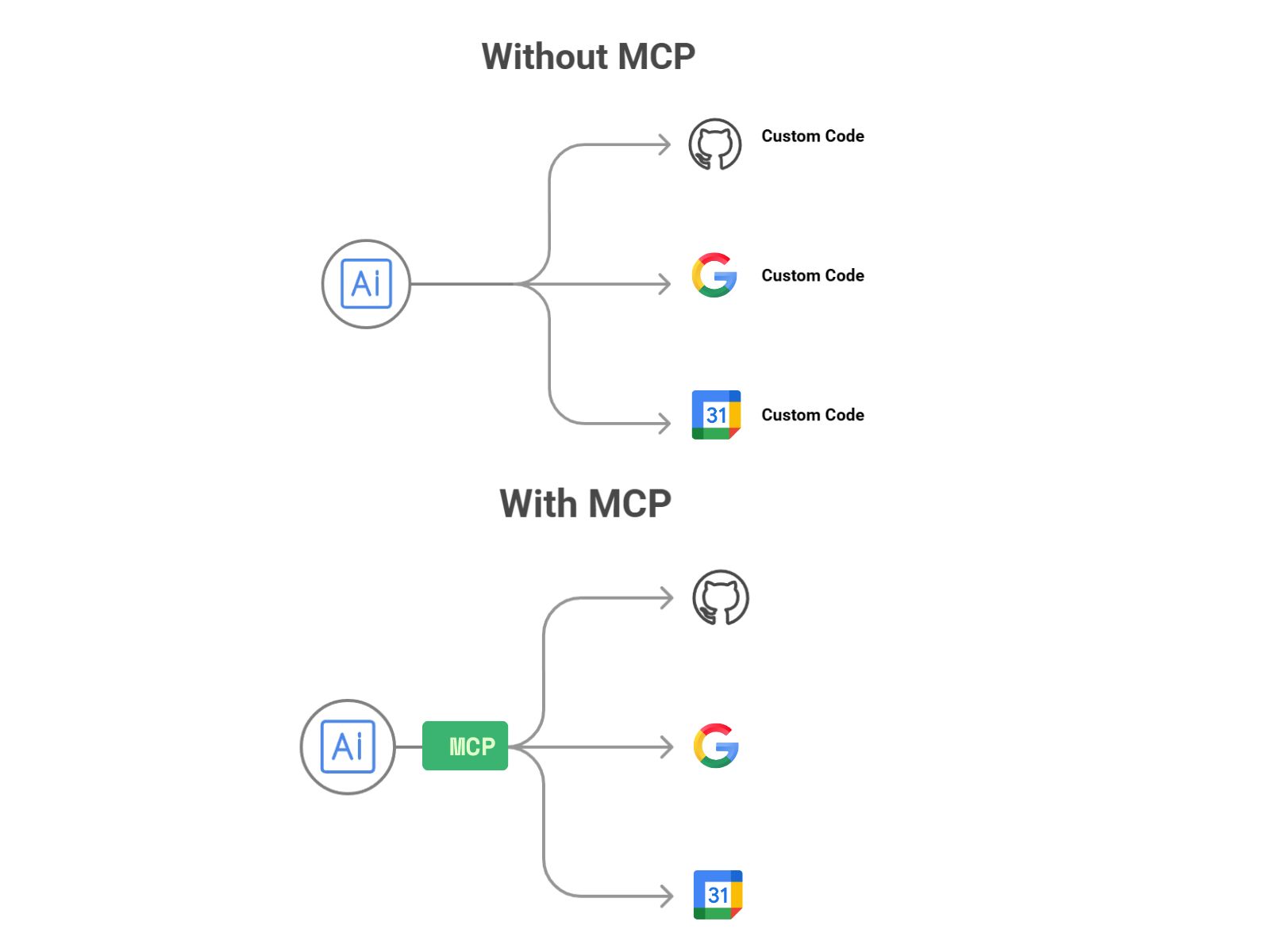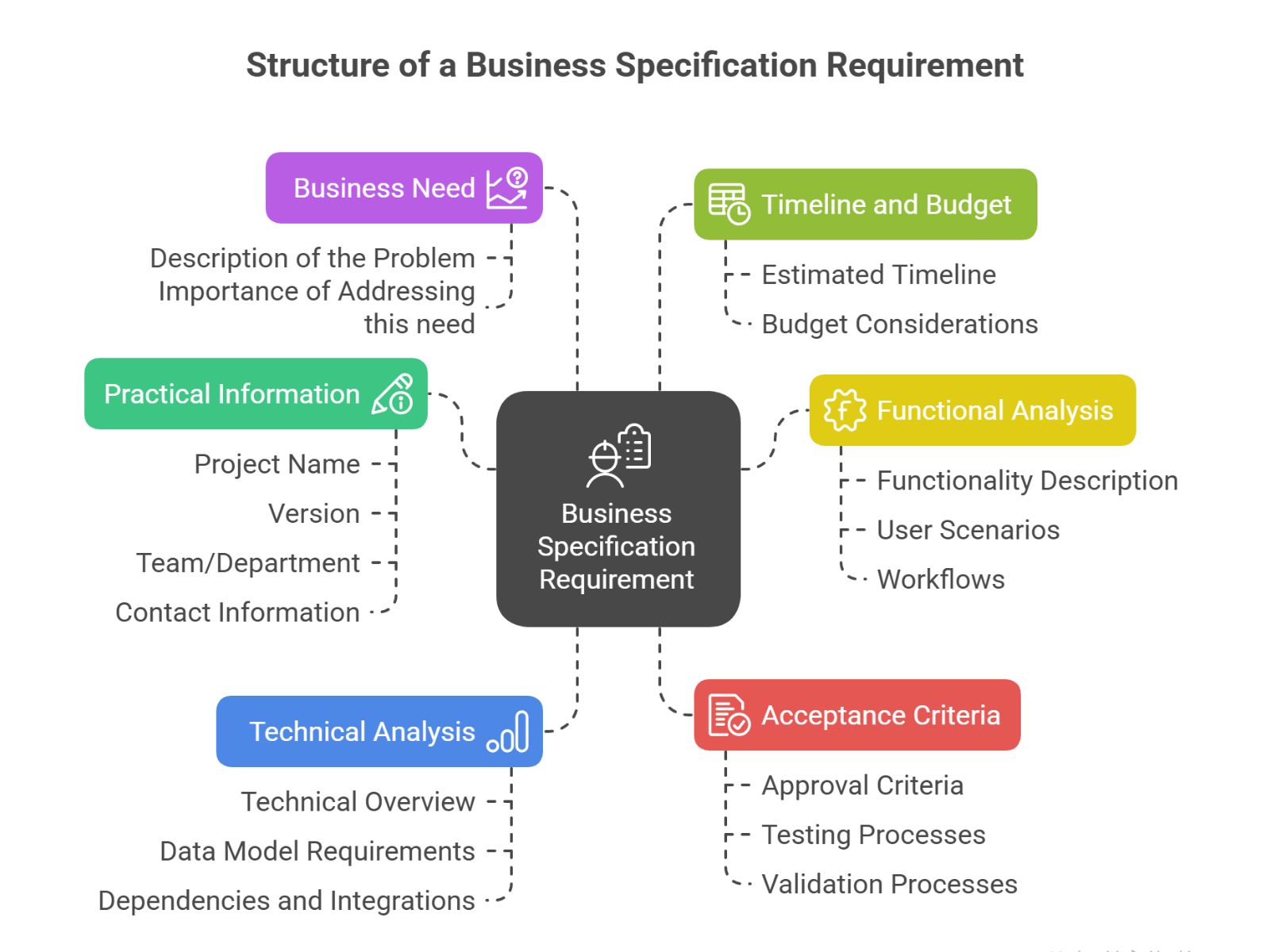Claude 4, Anthropic’s newest model, comes with a fresh guide on how to get the best results — and while it’s meant for Claude specifically, the truth is: these principles apply everywhere.
Whether you’re using GPT-4, Claude, Gemini, or Mistral, the same fundamental truth holds: garbage in, garbage out.
Let’s break down what Claude 4 teaches us that should be part of every prompt — no matter the model.
1. Be explicit about what you want
🧠 Most LLMs are eager to help — but vague prompts leave them guessing.
❌ Summarize this article.
✅ Summarize this article in 3 bullet points for a business executive. Keep it under 100 words and highlight only actionable insights.
That level of detail guides any model to deliver output that matches your expectations.
2. Add context
❌ Format this for a report.
✅ Format this text for a printed annual report aimed at investors, so use formal tone, clear headings, and no emojis or casual phrasing.
Even a few words of context help the model make smarter decisions.
3. Match the style you want in the output
Your prompt’s tone and structure influence the tone and structure of the output.
✅ Write this like you're explaining it to a coworker over coffee — friendly and informal.
✅ Write this as a formal executive summary for a leadership team.
4. Prefer “Do this” over “Don’t do that”
Avoid negatives. Telling a model what not to do doesn’t always steer it correctly.
❌ Don't use technical jargon.
✅ Use plain language that a non-technical audience can easily understand.
5. Show, don’t just tell: use examples
Want a specific format? Show one.
✅ Format your answer like this:
- Insight 1: …
- Insight 2: …
- Insight 3: …
Models follow patterns — one strong example often outperforms long-winded instructions.
6. Plan the model’s thinking process
For complex tasks, you can guide the model to pause and reflect.
✅
First, list the pros and cons of each option. Then, summarize which one you recommend and why.
This “scaffolding” improves reasoning — and it works across Claude, GPT, and other LLMs.
7. Focus on general solutions, not just passing tests
Sometimes models are too focused on matching your sample inputs.
✅
Don’t just solve the sample inputs — build a solution that handles any valid input, based on the full problem description.
This helps avoid brittle or hard-coded outputs, especially in coding tasks.
Final Thought: Prompt Engineering is Communication
All of these tips from Claude 4 boil down to one idea: you’re not “coding” the model — you’re communicating with it.
The better you explain your goals, context, style, and intent, the more the model can meet you halfway.
That’s not Claude-specific. It’s language-model logic 101.
TL;DR: 7 Prompt Tips That Work Everywhere
| 🛠 Prompt Tip | Works with Claude, GPT-4, Gemini, Mistral | 💬 Sample Prompt Example |
|---|---|---|
| Be explicit and detailed | ✅ | ✅ Summarize this article in 3 bullet points under 100 words, focusing on actionable insights for execs. |
| Give context and reasons | ✅ | ✅ Format this for an investor report — formal tone, clear structure, no emojis. |
| Match the style you want | ✅ | ✅ Write this like a friendly blog post, informal and easy to follow. |
| Say what to do, not what not to do | ✅ | ✅ Use simple language that a high school student can understand. |
| Use clear examples | ✅ | ✅ Answer using this format: • Key Insight 1 • Key Insight 2 • Key Insight 3 |
| Plan reflection or multi-step thinking | ✅ | ✅ List the pros and cons, then make a recommendation with reasons. |
| Ask for general-purpose logic | ✅ | ✅ Write a solution that handles any valid input, not just the test examples. |









What are your thoughts?